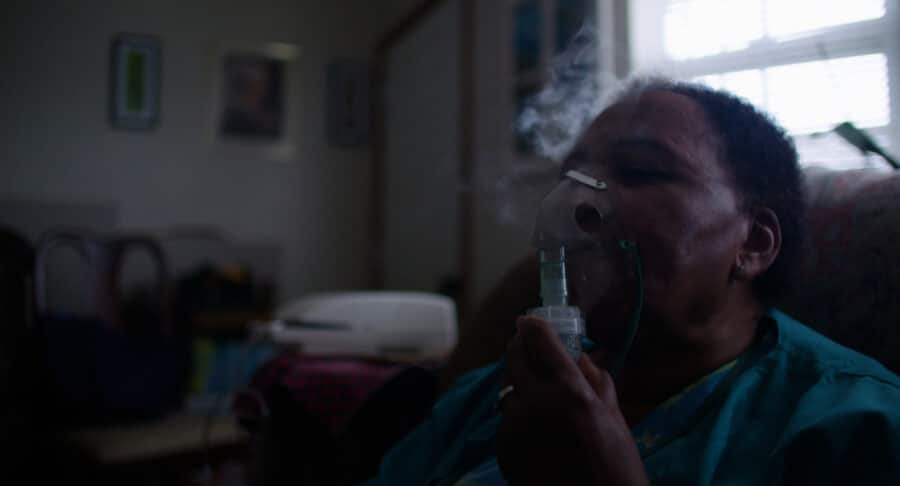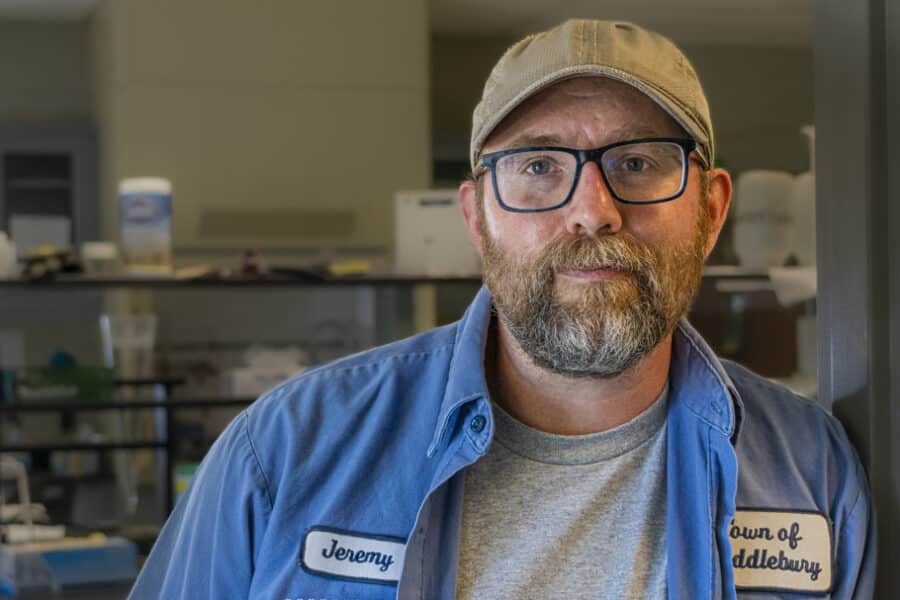I am the pastor of two rural churches in Dunn County, Wis.—New Hope and Little Elk Creek. Last summer I was taking some of the youth on a trip and something one of the teenage girls said shocked me. I was telling them about the activities we would participate in. When I mentioned swimming in Lake Michigan, she said, “No way. We can’t go swimming.” The girl next to her agreed that swimming was out of the question. I was confused and thought that maybe they didn’t know how to swim. They explained that people would see their bodies if we went swimming. They were not comfortable with how they looked and didn’t want to be seen if they weren’t covered up. They later changed their minds and had a great time swimming, but why aren’t they more confident about their looks?
Eating Disorders in Farm Country
We speak openly about the dangers of not wearing a seatbelt or abusing drugs or alcohol, but we don’t routinely talk to our young people about the dangers of eating disorders.


As a person who works with youth and the mother of 19- and 21-year-old daughters, I know that girls often over-analyze what they perceive to be their flaws. This type of thinking can lower their quality of life and lead to eating disorders. Eating disorders are among the deadliest mental illnesses, second only to overdose deaths from opioid addiction. In the United States, 10,200 people die each year from eating disorders. That is one death every two minutes! About 26% of people with eating disorders attempt suicide, according to the National Association of Anorexia Nervosa and Associated Disorders (ANAD).
The American Psychiatric Association describes “body dysmorphic disorder” as a series of mental health conditions where a person believes they look ugly or abnormal even though these “flaws” are often not noticeable to others. This is more serious than a typical concern about appearance and can lead to bulimia and anorexia.
Body dysmorphia can happen at any age, but typically starts in adolescence—a time when teens are especially vulnerable to social influences. Media and social media barrage teens with images of perfect people. By utilizing hair and make-up experts, filters and photoshop, actors and models appear flawless. What a teen sees in the mirror can’t live up to the image she sees on television and in her social media feed.
The chance of recovery from an eating disorder increases the earlier it is diagnosed. The National Eating Disorder Association has a long list of warning signs and symptoms on their website.
Parents, grandparents, teachers, clergy and youth workers all need to be aware of these symptoms and encourage young people to be evaluated if they show signs of an eating disorder. We speak openly about the dangers of not wearing a seatbelt or abusing drugs or alcohol, but we don’t routinely talk to our young people about the dangers of eating disorders, and that increases the stigma around them.
Our young people are the most vulnerable, but adults are not immune. Nine percent of the global population has an eating disorder. About one tenth of them are male. The exact cause of eating disorders is not known, but they are thought to be caused by the interaction of several factors: genetics, psychological problems and societal pressure. In our present society, the pressure to look good falls more heavily on women and girls. Grey hair on an older man is considered “distinguished”; on a woman, she has “let herself go.” Women’s bodies are constantly commented on in ways that don’t happen to men. A study by ANAD reports that 35-57% of adolescent girls engage in crash dieting, fasting, self-induced vomiting, diet pills or laxatives. In a college campus survey, 91% of the women admitted to controlling their weight through dieting. Girls as young as seven years old report feeling pressure to look “pretty.”
Most of us have heard of someone who has died from eating disorders. When Elvis Presley’s daughter, Lisa Marie, passed away in January, she was only 54 years old. A coroner’s report about the exact cause of her death is still pending, but the celebrity news outlet TMZ reported that she lost between 40 and 50 pounds in six weeks in preparation for public appearances celebrating the latest Elvis movie. Her final public appearance was at the Golden Globes two days before she died. She was thin and so weak that she was barely able to stand without assistance. This may seem like a faraway, Hollywood-type problem, but similar scenes are being played out less publicly all over the country, even in rural America.
In 2008, my own mother passed away due to similar, but less public, circumstances. She lived in Omaha, Neb. and was planning to visit me where I lived, in Star Prairie, a town of 714 people in St. Croix County, Wis. I hadn’t seen her for six months and she had never been to Star Prairie. I was excited to introduce her to people from my church. She put herself on a drastic low-calorie diet in preparation for her visit. She lost too much weight too quickly and became weak and ill. She couldn’t finish the drive between my home in Wisconsin and hers in Omaha. My husband picked her up at a hospital halfway along the way and took her home to recover. Her extreme dieting led to a bowel obstruction and she was given opioids for pain. This led to a cycle of disordered eating, stomach aches and addiction to pain medication that killed her just one month after her 68th birthday. What a senseless tragedy that she thought she had to try so hard to “look good” for my small, rural congregation.
Sadly, this problem is becoming more common. Emergency department visits for teenage girls dealing with eating disorders doubled nationwide during the pandemic, according to a study by the Center for Disease Control and Prevention. The report mentions that this increase could be linked to reduced access to mental health services. One report published in 2020 showed that 65% of rural counties do not have psychiatrists and over 60% of rural Americans live in areas with a shortage of mental health providers. Since 2015, 150 rural hospitals have closed their doors since 2015, leaving even fewer options for treatment.
Not much research has been done on eating disorders in rural populations. A few studies have shown a higher per capita rate of anorexia in urban areas. Eating disorders may be underreported here in farm country because of the stigma around asking for help. People there are often taught to “pull themselves up by their bootstraps.” Getting treatment can be seen as a sign of weakness or an unnecessary expense.
Members of the clergy can help by being aware of this problem and speaking about it with our members in private and addressing the issue in public. We need to normalize getting help. The church has always been on board for feeding people. We need to also address the problem when the way that people eat or don’t eat is hurting them.
People who make comments and suggestions about an individual’s weight might be trying to be helpful but “fat shaming” is harmful and might actually make people gain weight. Fat shaming is also linked to depression, anxiety, low self-esteem, eating disorders and exercise avoidance.
In 1 Corinthians, St. Paul wrote, “Don’t you know that your bodies are temples of the Holy Spirit? The Spirit is in you. You have received him from God. You do not belong to yourselves.” It is almost time for the summer swimming season. I hope my daughters, my church youth and people all over the country will be able to enjoy the sun without worrying that someone is judging their bodies. Other people’s bodies are not ours to comment on or criticize in any way. Perhaps we could decrease the prevalence of eating disorders in our country by vowing not to talk about people’s bodies. We could save lives by talking more about the things people say and do and less about how they look.

Rev. Dr. Judy Kincaid serves as a pastor in the Evangelical Lutheran Church of America. A featured preacher on the website, “A Sermon for Every Sunday,” Judy received her bachelor’s degree in psychology from Temple University and her Master of Divinity degree from Luther Seminary. She earned her doctorate in Biblical Preaching in 2016. She lives in a church parsonage with her college professor husband, two beautiful daughters, two dogs, three cats, two little birds, a turtle and a snake.
Have thoughts or reactions to this or any other piece that you’d like to share? Send us a note with the Letter to the Editor form.
Want to republish this story? Check out our guide.
More from Barn Raiser








